The Huston Crafted Series brings you a little closer to the world of textile design and making as we highlight the hidden details that go into producing our collection of premium cloth, running the creative gamut from knits to woven goods. At Huston, we restore and empower a heritage of fiber craft through a truly artisan American textile making experience. In this first edition of the series, we look through a few of our favorite custom denim artisan textiles, and some of the process it takes to create them at our domestic mill. Lets dive in at our denim fabric and process favorites – our 12oz Double Slub, a 14oz Botanical Indigo and a 10oz Natural denim – lets explore !
As a denim is brought to life, the design process of material selection and machinery selection is paramount. When we consider a denim project on our looms – these are the key points to consider for a beautiful product without too much waste. At Houston Textile Co, we take great pride in our denim weaving process. We source the highest quality raw materials to ensure that every piece of denim fabric is crafted with attention to detail and excellence.
The most important details to constructing a denim textile with us include:
Once we have a sample yarn and prototyped construction of a test swatch (before larger productions), we can further tweak the variables.
Cotton comes in many shapes, sizes and colors! A variety of cotton genetics are grown domestically, from California to West Texas, and beyond. While some varieties are adapted to specific regions, others can be grown across the country. Cotton is an incredibly versatile fiber that can be used for a variety of purposes. From clothing to linens, cotton provides comfort and strength that lasts which is also why it has always found utilitarian value in denim textiles.
Denim is a sturdy cotton warp-faced textile in which the weft passes under two or more warp threads. This twill weaving produces a diagonal ribbing that distinguishes it from canvas, and often makes it a stronger construction for utilitarian toughness. The main difference between denim and canvas is the weave construction. Canvas is made with a simple plain weave pattern of “over one, under one”. (*Using two yarns in the over under instead of one, but it is still a plain weave, is often referred to as ‘double fill’).
Construction of denim twill fabrics are made by going over one yarn and under two yarns or even under three yarns. The weave is shifted over in each row creating a diagonal line in the pattern. The diagonal line makes a twill easy to identify and can make the fabric more durable than plain weave. It also increases the dyeing capacity and makes it less likely to fray or tear. Denim twill fabrics are used widely in making jeans, jackets, shirts and accessories like hats and bags.
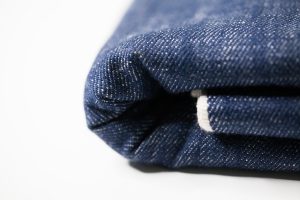
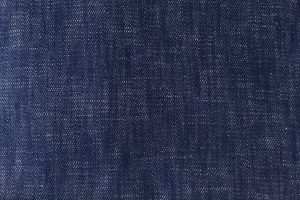

Denim is available in a range of colors, but the most common denim is indigo denim in which the warp thread is dyed while the weft thread is left white. As a result of the warp-faced twill weaving, one side of the textile is dominated by the blue warp threads and the other side is dominated by the white weft threads. Modern day denims fabricated from this cloth are thus predominantly white on the inside.
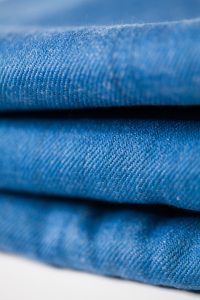
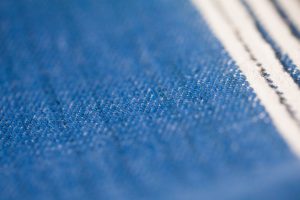
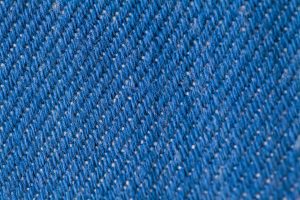
Custom vintage denim textiles can be manufactured using a variety of equipment, producing textiles that can vary in thickness and weight with a yard of fabric weighing anywhere from 9 to 32 oz, with 9 to 14 oz being typical range used in consumer apparel and accessory goods. Our looms are capable of heavy denims, however not ‘bull denims’ which usually push past 15oz fabric weight constructions and require more specialized machinery.
Although not always the case, shuttle-loom-woven denim is typically recognizable by density, and by its selvedge, the edge of a fabric created as a continuous cross-yarn (the weft) reverses direction at the edge side of the shuttle loom. The selvedge is traditionally accentuated with warp threads of one or more contrasting colors, which can serve as an identifying mark.
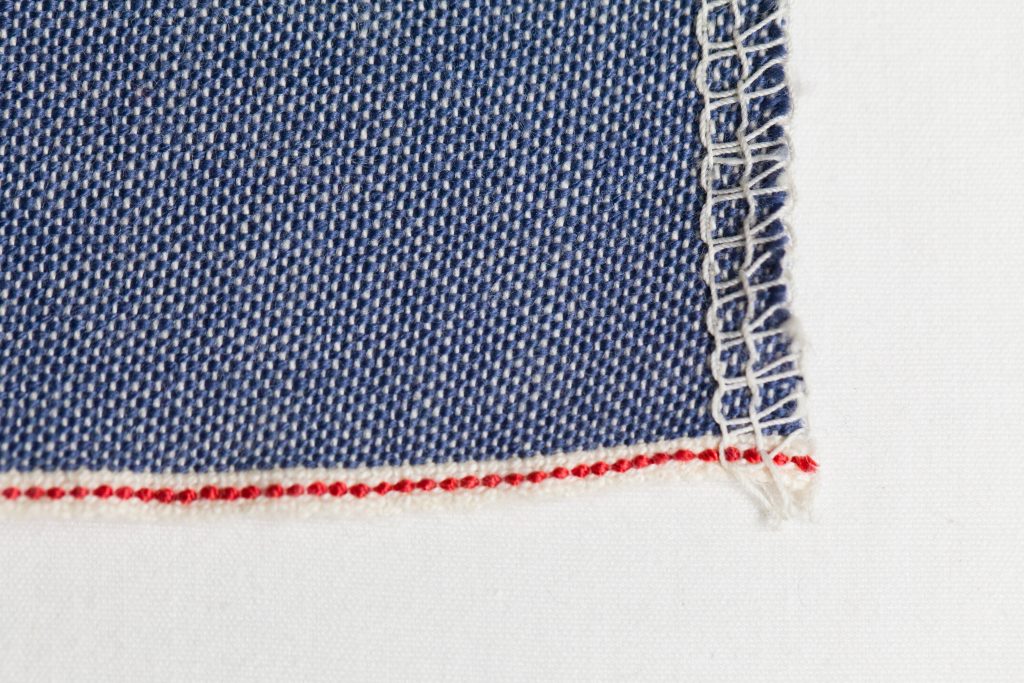
Selvedge, or selvage, came from 'self-edge' and is most commonly referred to as ‘Redline.’ Selvedge is the narrow tightly woven band on either edge of the denim fabric, parallel to the warp.
A selvedge end prevents the edge of the denim from unraveling. In some fabrics selvages are closed, whereas on larger modern weaving machines, the weft yarn is cut on every pick, creating what is called a ‘fringe’ selvage.
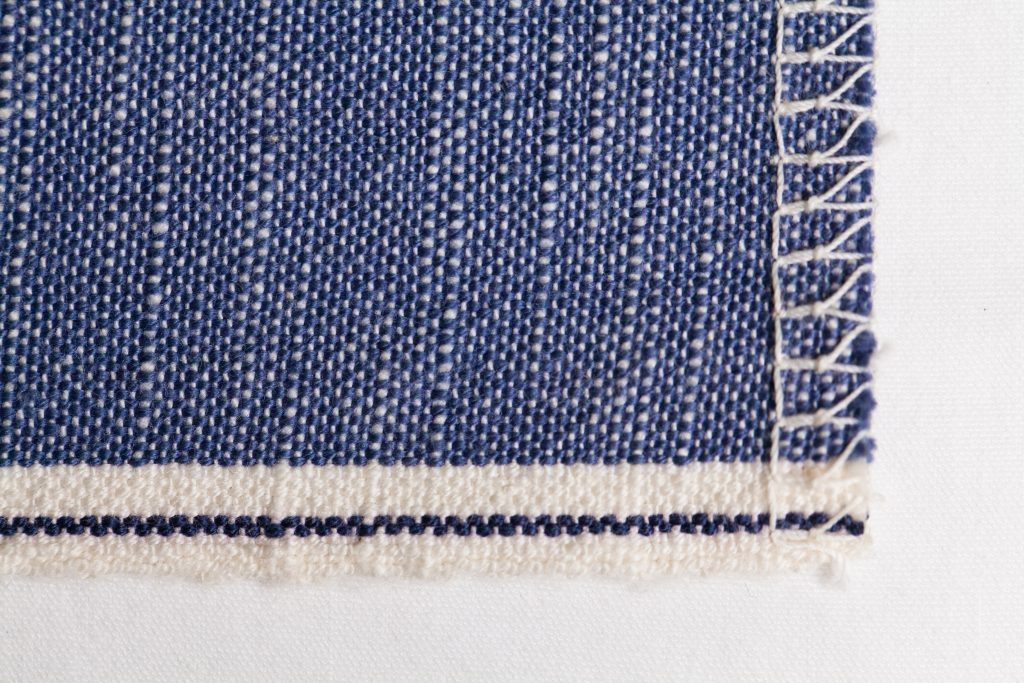
If you’re looking for a little inspiration or simply want to expand your fabric knowledge, check back often as we are adding expanding content monthly. We’d also love to hear your feedback with what you’d like us to produce and share next – please send us an email or give us a call to talk about your any of your custom denim artisan textile needs!
